Search

How to Choose the Right Adjuvant for the Job
With the rise of herbicide-resistant weeds, the use of an adjuvants is also on the rise and may be necessary to help control resistant weeds.
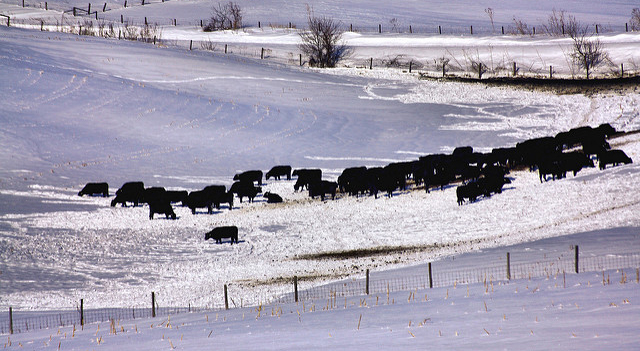
Nutritional Needs Prior to Calving
Nutrition during late gestation plays a large role on the future calf as well as the dam. It is during the last 60-90 days of gestation, or the pre-calving period, that impacts the calf’s survivability, long-term health and overall production.

Weed Control: Noxious Weeds
Noxious Weed Recommendations: Herbicides for pasture, range, and non-crop areas, including roadside and other right-of-way that may be harvested for hay or grazed, are given a priority.
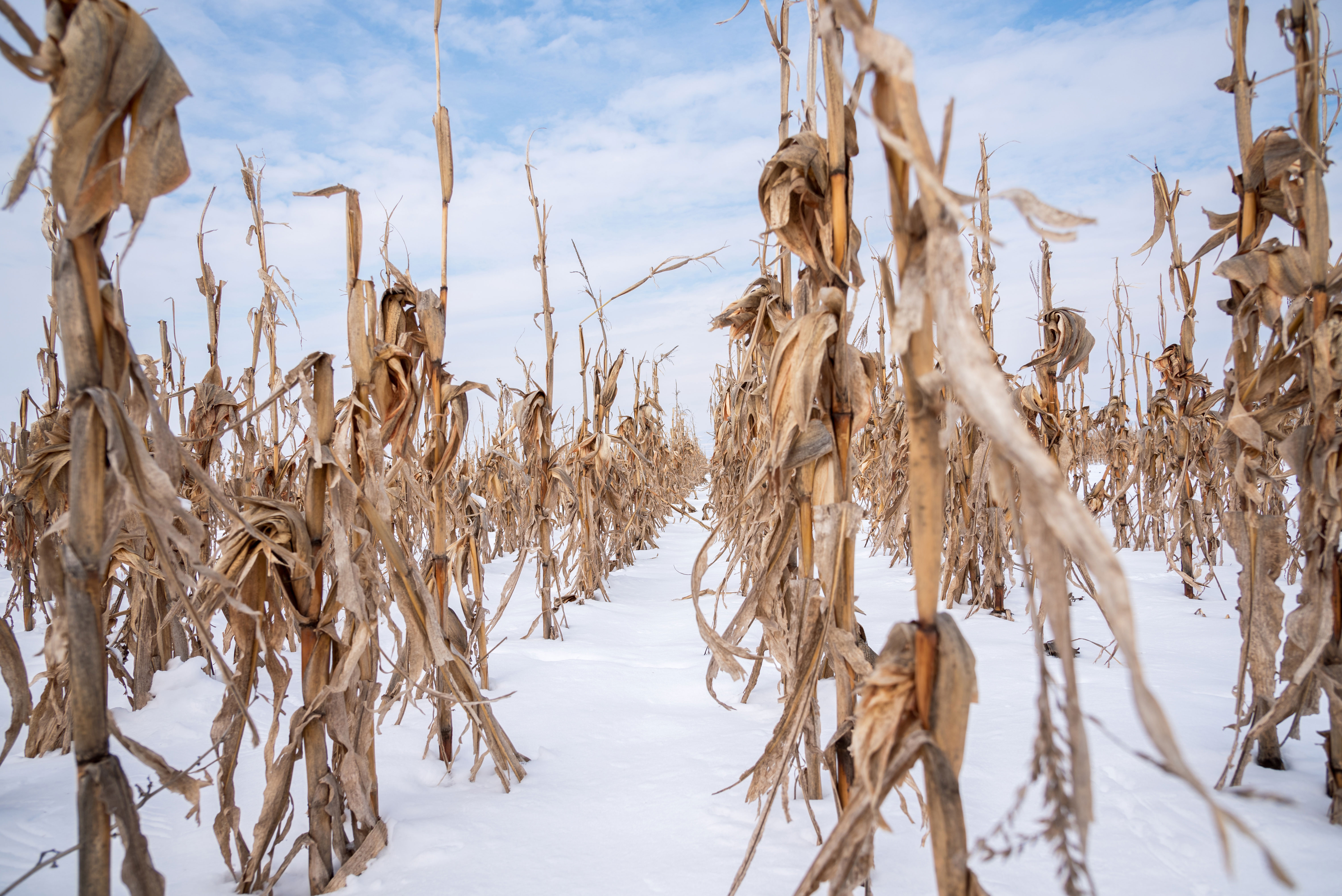
Standing Corn Considerations
The January 2020 South Dakota Crop Progress Report indicated four percent of S.D. corn acres remain in the field. Given the record rainfall of 2019, current snow pack levels and the 3-to-6-month precipitation forecasts, farmers will likely be dealing with a wet spring in 2020, thus making the removal of those acres important but hard to accomplish.
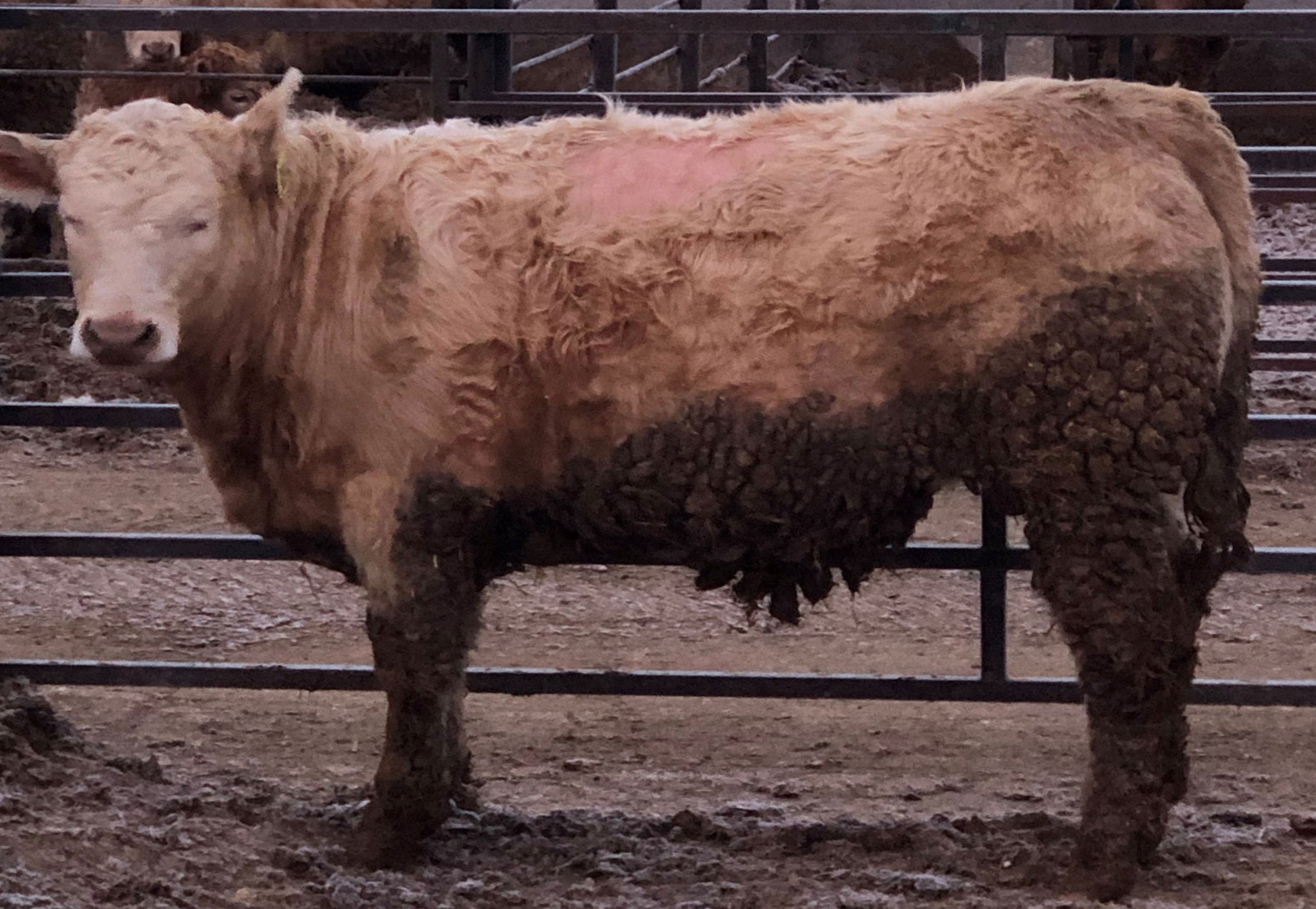
Winter Lice Control
Seeing cattle rubbing hair off due to lice infestations can be extremely frustrating. Not only are the cattle damaging fences and equipment, there also can be performance losses and health issues not to mention that the cattle are simply not as visibly appealing, which can be very important for seedstock producers or feeders selling backgrounded feeders.

An identification guide to common Dung Beetles of South Dakota
A guide of common dung beetles of South Dakota.
![A herd of cattle gather around a stock pond on a vast, lush grassland. Courtesy: USDA [CC BY 2.0]](/sites/default/files/2019-05/W-00231-00-cattle-grazing-grassland-pasture-range.jpg)
Weed Control: Pasture and Range
There are 24 million acres of native and tame pasture and range as well as 1.4 million acres of grass hayland in South Dakota.
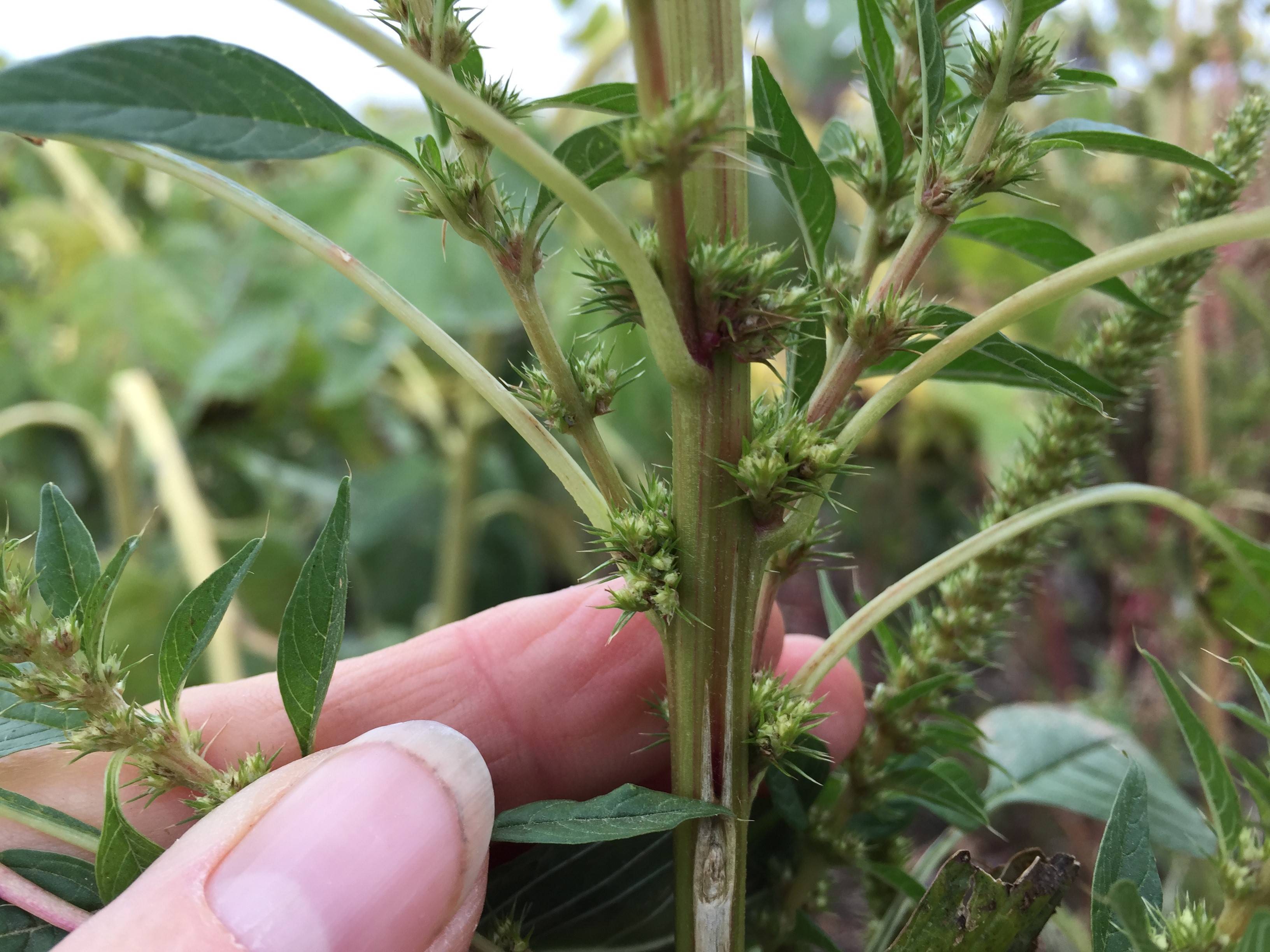
Identification and Management of Palmer Amaranth in South Dakota
Guide for the identification and management of Palmer Amaranth in South Dakota

What Are Those Little Red Mites on My House?
The periods of unseasonably warm weather, especially in Western South Dakota, have temporarily brought several insects and other arthropods out of their winter hiding places. One of the arthropods getting attention lately has been the clover mite.
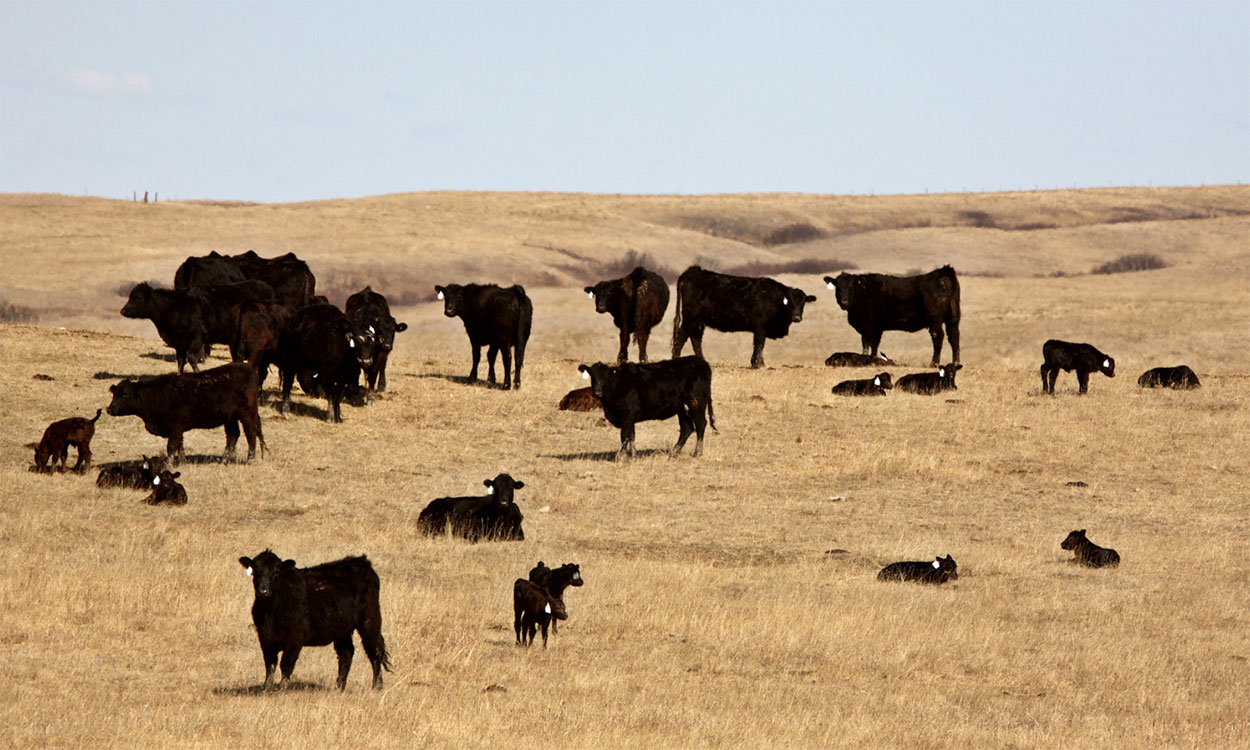
Selecting a Calving Season Based on Matching Nutritional Needs and Resources
Choosing the calving season is a complex and highly individual decision for each beef cattle producer. A primary consideration in pasture-based cow-calf operations is choosing a calving season that will best match the forage supply to forage demand.